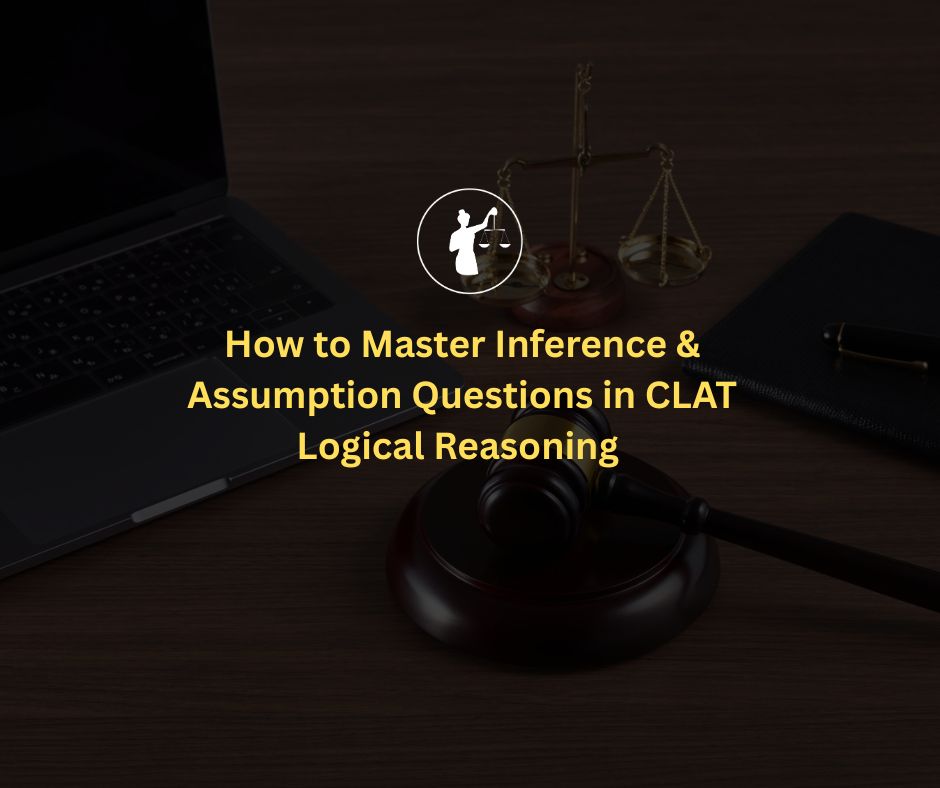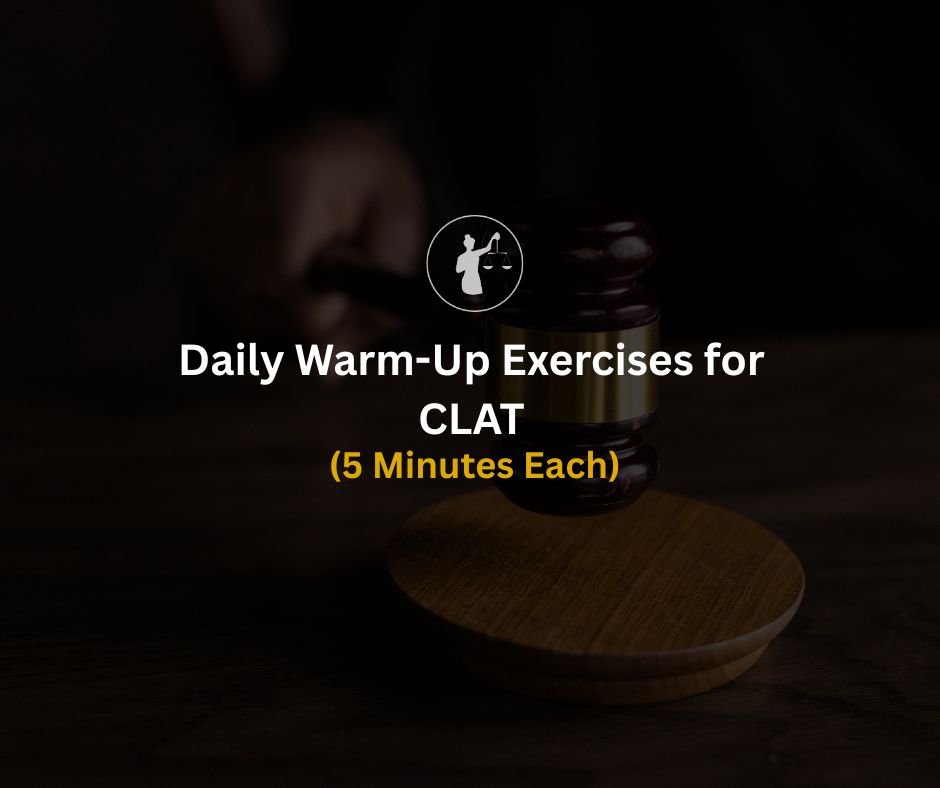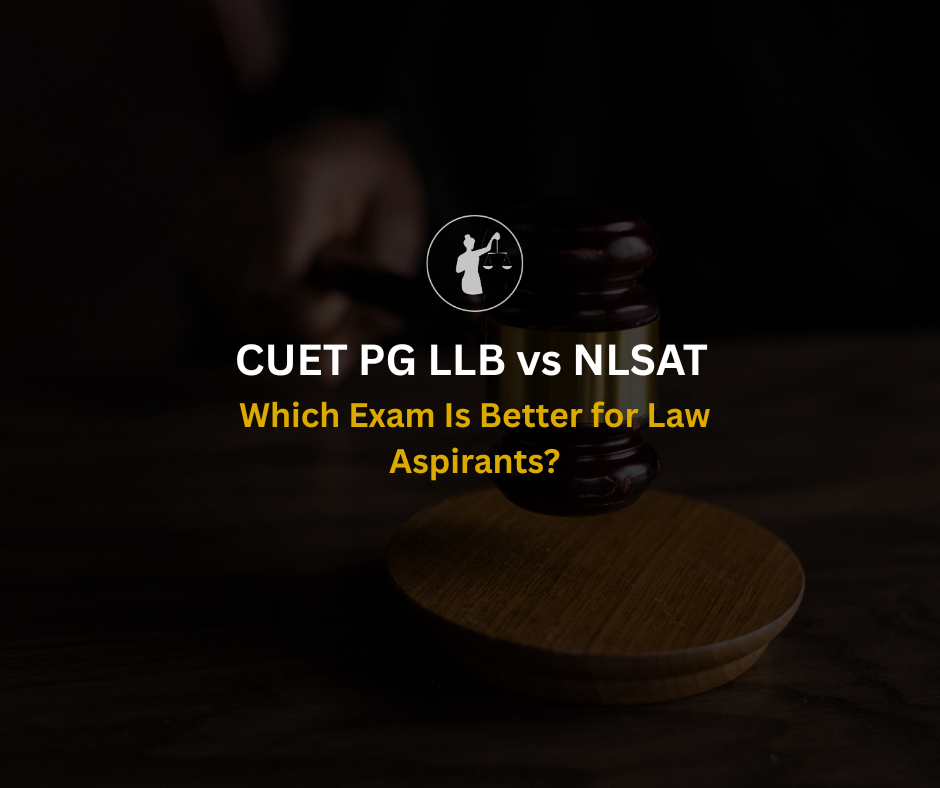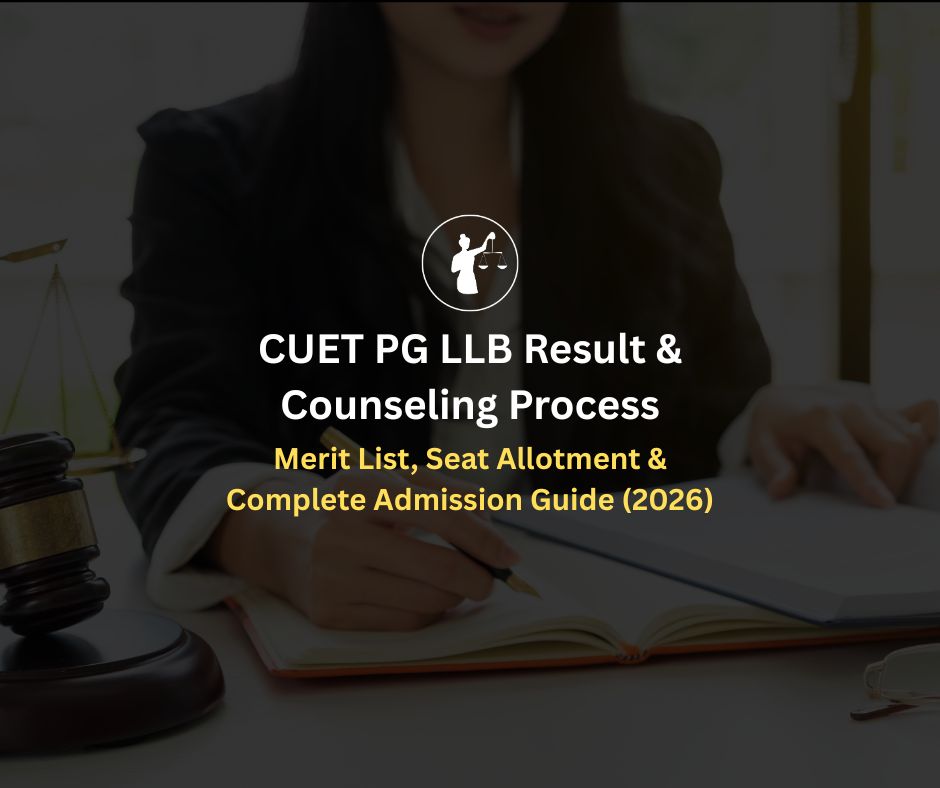
Summary
In CLAT 2026, the Logical Reasoning section tests inference, assumption, argument structure, and reasoning patterns.Many students falter on CLAT inference questions or confuse them with assumptions. This article breaks down the difference, gives updated strategies and CLAT logical reasoning tricks, and shows how NLTI’s system helps students tackle them with confidence.
Best CLAT Online Coaching 2026–2027 by NLTI
The updated syllabus places heavy emphasis on reasoning within passages. Each Logical Reasoning set is 350–450 words long, followed by questions testing your ability to evaluate arguments, draw conclusions, identify assumptions, and strengthen or weaken reasoning.
Weightage: Around 22–26 questions (≈20% of the paper)
Focus: Real-world arguments, editorial-style reasoning, legal and ethical discussions
Key Skill: Distinguishing CLAT inference questions from assumptions and applying the right logic
Students who master CLAT assumption vs. inference questions consistently score 10–15 marks higher than peers.
Read More: CLAT Quant: Solve Data Interpretation Fast
CLAT inference questions ask, “What must logically follow from the passage?” Inference is not prediction, speculation, or assumption; it is a conclusion that is 100% supported by the text.
Example:
Statement: “All law graduates must pass the bar exam.”
Inference: “Some people who pass the bar exam are law graduates.”
CLAT Logical Reasoning Trick #1: Ask yourself, “If the passage is true, must this option also be true?” If the answer is yes, it’s a valid inference.
Assumption questions ask what must be true for the argument to hold. They test your ability to identify the hidden premise behind a conclusion. Without the assumption, the logic collapses.
Example:
Statement: “Since coaching institutes provide structured guidance, students who join them score higher.”
Assumption: “Structured guidance improves CLAT performance.”
CLAT Logical Reasoning Trick #2: Use the negation test; if negating the statement breaks the argument, it’s an assumption.
Understanding this table is key to solving CLAT assumption vs inference questions correctly.
Read More: CLAT Prep in Tamil Nadu: Beating English & GK Gaps
1. Backward Mapping: Trace the argument backward from the conclusion to find assumptions.
2. Truth vs. Necessity Test: For CLAT inference questions, check if it must follow. For assumptions, check if it’s needed.
3. Watch Quantifiers: Words like "all," "some," and "most" often change the answer.
4. Eliminate New Info: Anything introducing new, unrelated facts is likely wrong.
5. Negation Technique: Flip each assumption. If the argument breaks, it’s correct.
6. Pair Trap Check: Two similar options? One is usually too broad or too specific.
7. Timed Practice: Solve 15 questions daily (8 inference and 7 assumption) and analyze every error.
These CLAT logical reasoning tricks build accuracy and reduce confusion under pressure.
Read More: How NCR Students Consistently Dominate CLAT Ranks
1. Confusing Necessity with Truth: Many choose a statement that seems true but isn’t essential.
2. Overextending Logic: Adding external facts that are not in the passage.
3. Ignoring Language Precision: Misreading words like may, must, or likely changes the logic.
4. Not Using Negation: Skipping the negation test leads to wrong assumption answers.
5. Rushing Through Passages: Missing small qualifiers results in incorrect inferences.
Avoiding these errors can instantly boost your performance in CLAT assumption vs inference questions.
Practice Questions
Passage:
“Students who regularly revise previous mocks are more likely to improve their scores. Revision helps identify patterns of error and strengthens conceptual clarity.”
Q1 – Inference:
Which of the following must be true?
a. Revision guarantees high scores.
b. Students who revise improve performance.
c. Students who don’t revise cannot succeed.
d. Revision is unnecessary for clarity.
Q2 – Assumption:
Which of the following does the argument rely on?
a. Students make errors in mocks.
b. All students revise regularly.
c. Scores depend only on revision.
d. Conceptual clarity is unrelated to revision.
Practicing questions like these helps you apply CLAT logical reasoning tricks consistently and recognize patterns instantly.
Read More: Landmark Supreme Court Judgments for CLAT (2020–2025)
At NLTI, mastering CLAT inference questions is a process, not a shortcut. Our mentors teach students to dissect arguments, identify hidden assumptions, and test inference validity. Each mock includes detailed analysis sessions where mentors explain why an option is wrong, not just which one is correct.
Students also receive curated drills focusing exclusively on CLAT assumption vs. inference, error log tracking, and personalized feedback. Combined with structured CLAT logical reasoning tricks, this method has helped NLTI students boost accuracy from 50% to 90%+.
Inference and assumption are at the heart of CLAT 2026 Logical Reasoning. They test your reading depth, logical clarity, and ability to analyze arguments under pressure. By understanding CLAT assumption vs inference, applying powerful CLAT logical reasoning tricks, and practicing real exam-style sets, you can turn these questions into guaranteed marks.
With NLTI’s mentorship-driven approach, curated practice, and feedback-based learning, you won’t just attempt CLAT inference questions; you’ll master them.





